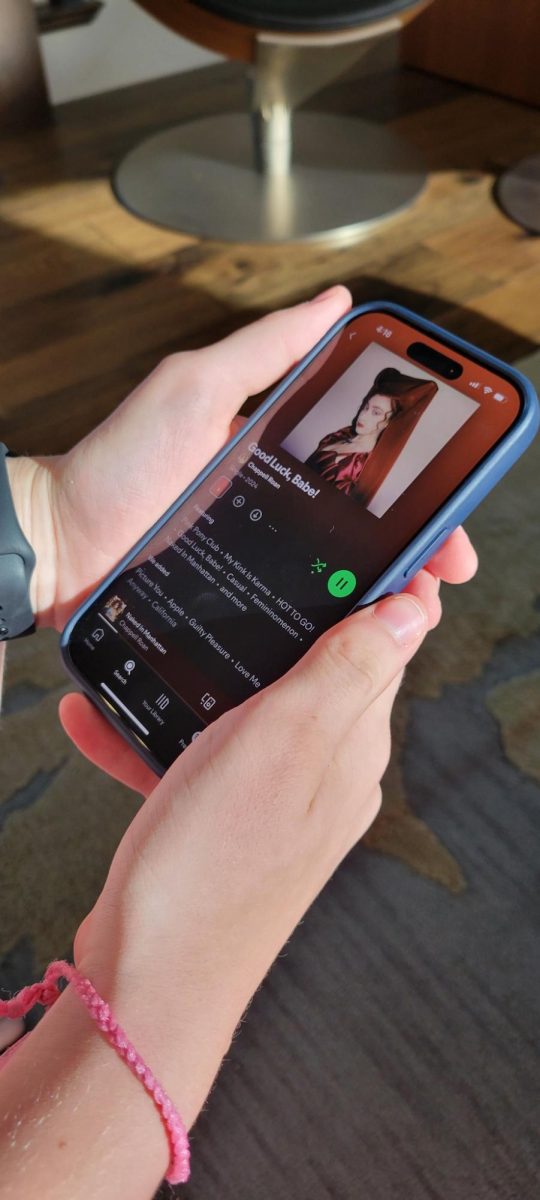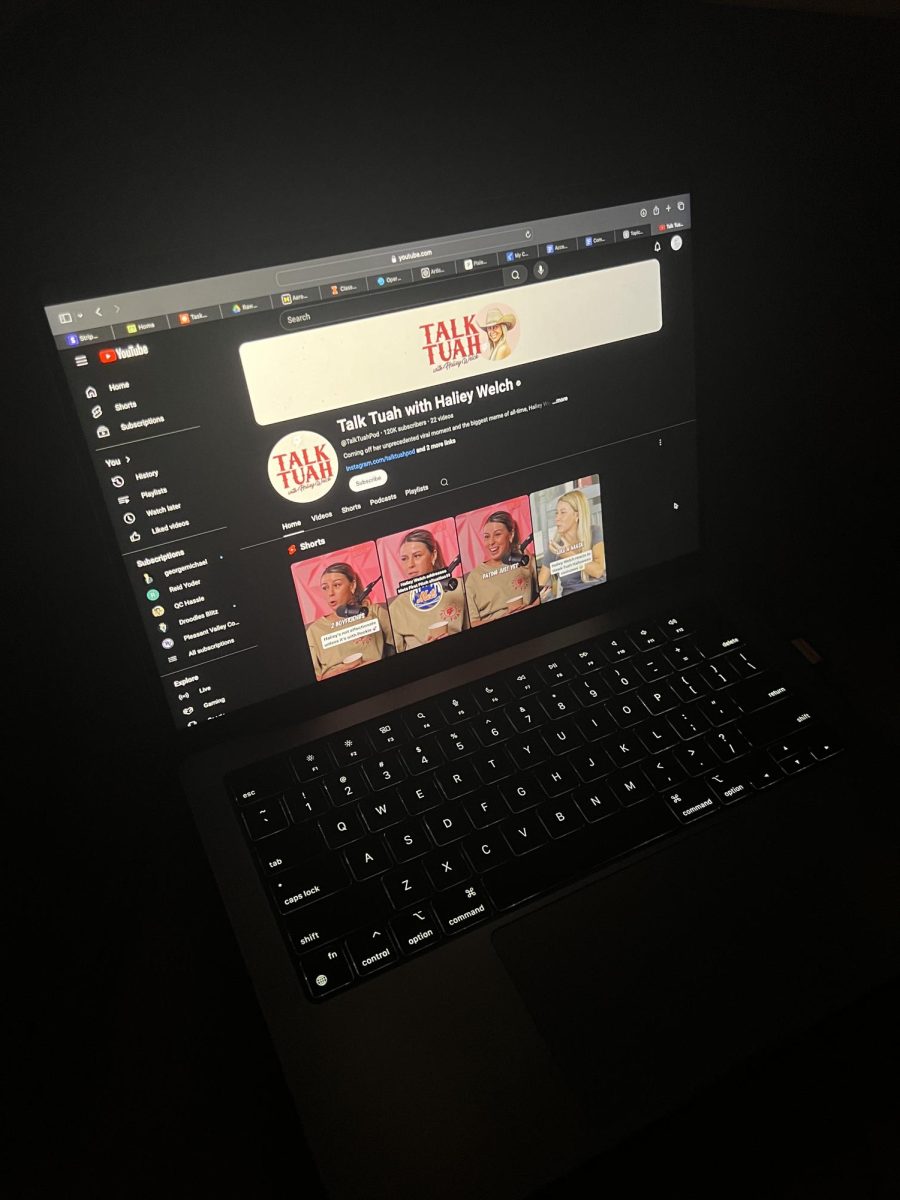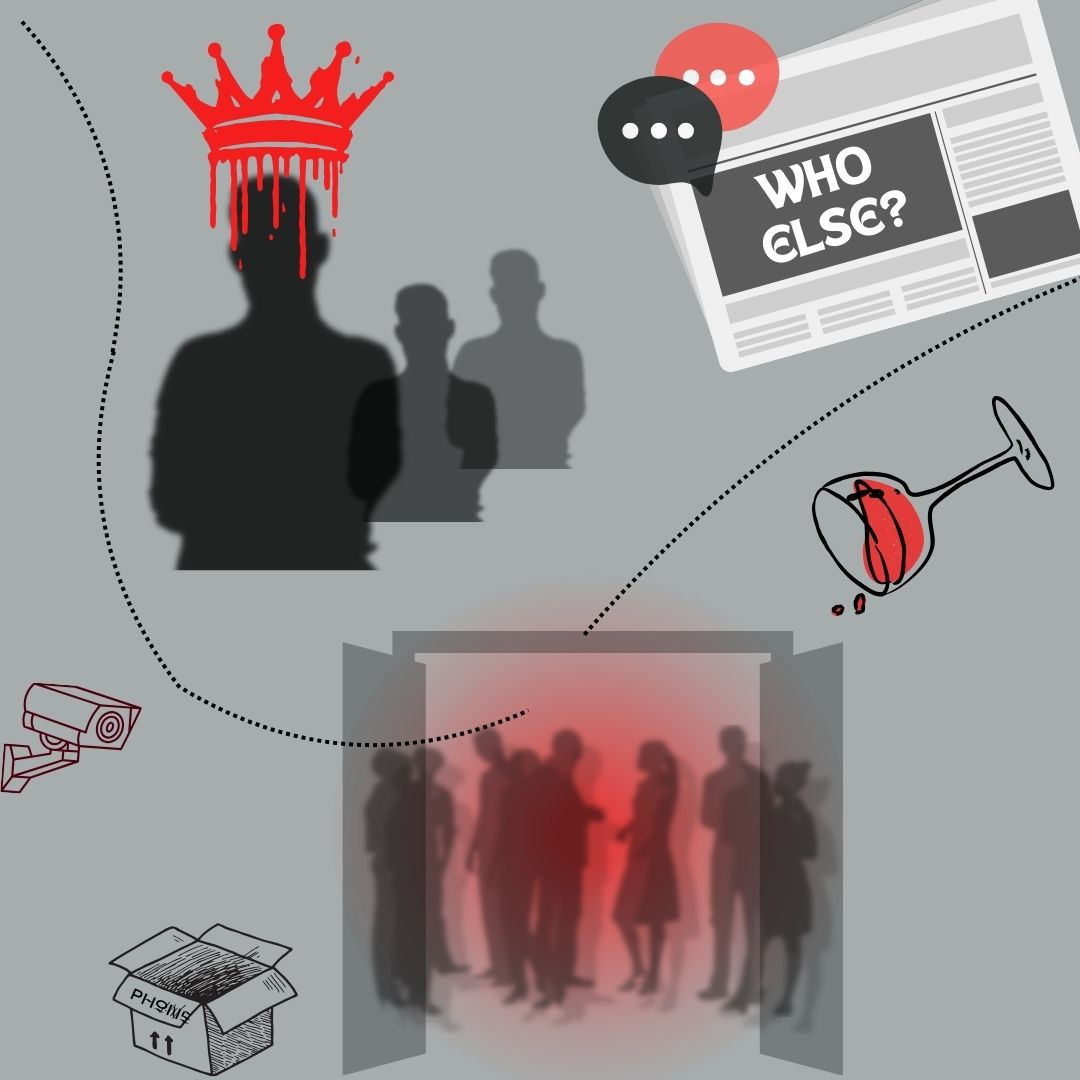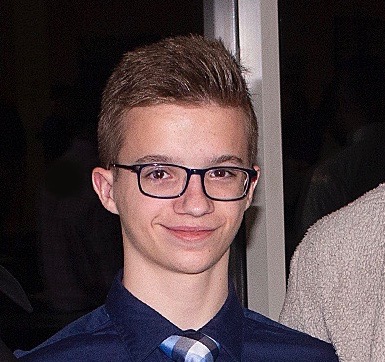When the film industry was in its infancy, filmmakers either had to make their films down to earth and realistic or find creative ways to defy reality.
At first, this meant using makeup, prosthetics, optical illusions and camera tricks, but now as technology has advanced, filmmakers have moved to digital effects. The usage of digital effects has brought up the question of which is better: practical or digital effects?
Practical effects often involve using intricate puppets, models and detailed makeup to make seemingly otherworldly things real. This, of course, has drawbacks. Movies that use practical effects are limited by what can feasibly be created and an immense amount of work has to be put into making believable effects.
Digital effects are created using computer software that allows artists to break past physical barriers on effects. With digital effects, anything is possible; the only limits are the ones that humans set, like budget, skill, deadlines and imagination.
However, there is one catch, and it is a big one.
There is a concept called the uncanny valley that can make digital effects extremely difficult to pull off. The basic premise of the concept is that there exists a point where something realistic looks wrong. For example, if a computer graphics (CG) model of a human is perfectly constructed but for a few small essential details, the entire model can look completely fake. Effects that cannot get past the uncanny valley can damage the entire film.
Digital effects also can take up a lot of time and effort. Some films end up working on their digital effects for upwards of a year to properly set up good digital effects.
Sophomore Gabe Eliason thinks that practical effects will age better in the long run. “They make it seem more real,” he said. “Actors can interact more naturally with an object than trying to imagine it with digital effects. Plus, technology is always changing.”
Eliason argues that digital effects that look good now will be obsolete in the near future due to how fast technology changes. One example would be the Star Trek films and TV shows. Early on in the series the special effects were almost entirely practical. Eventually the series experimented with digital effects and they did not age well.
The digital effects found in early Star Trek look more like plastic than they do anything life-like. The effects were generally recognized as great cutting-edge technology. This shows how fast digital effects age.
Senior Mohammed Waheed disagrees that practical effects will age the best and believes digital effects will stand the test of time. “Technology is improving a lot and graphics are getting better,” he said. “So eventually the visuals will start looking really crazy and realistic until the point we as the viewer won’t even notice.”
Some of the best-received films and TV shows find a way to mix both kinds of effects to find a happy medium between the two. The Mandalorian mixes both kinds of effects and has received praise from critics and fans alike.
There are pros and cons to both ways of creating special effects. Practical effects have the benefits of being real props but are limited by what can actually be made. Digital effects can be whatever the special effects artist desires, but require a large amount of time and effort to be believable.
There may not be a definitive answer to which is better. They both excel in different areas and are still used in films. Ultimately it is down to preference. Some people prefer the more down-to-earth feel of practical effects and others prefer the fantastical feel of digital effects. Regardless, movie enthusiasts predict both kinds of effects to be used in films for years to come.









